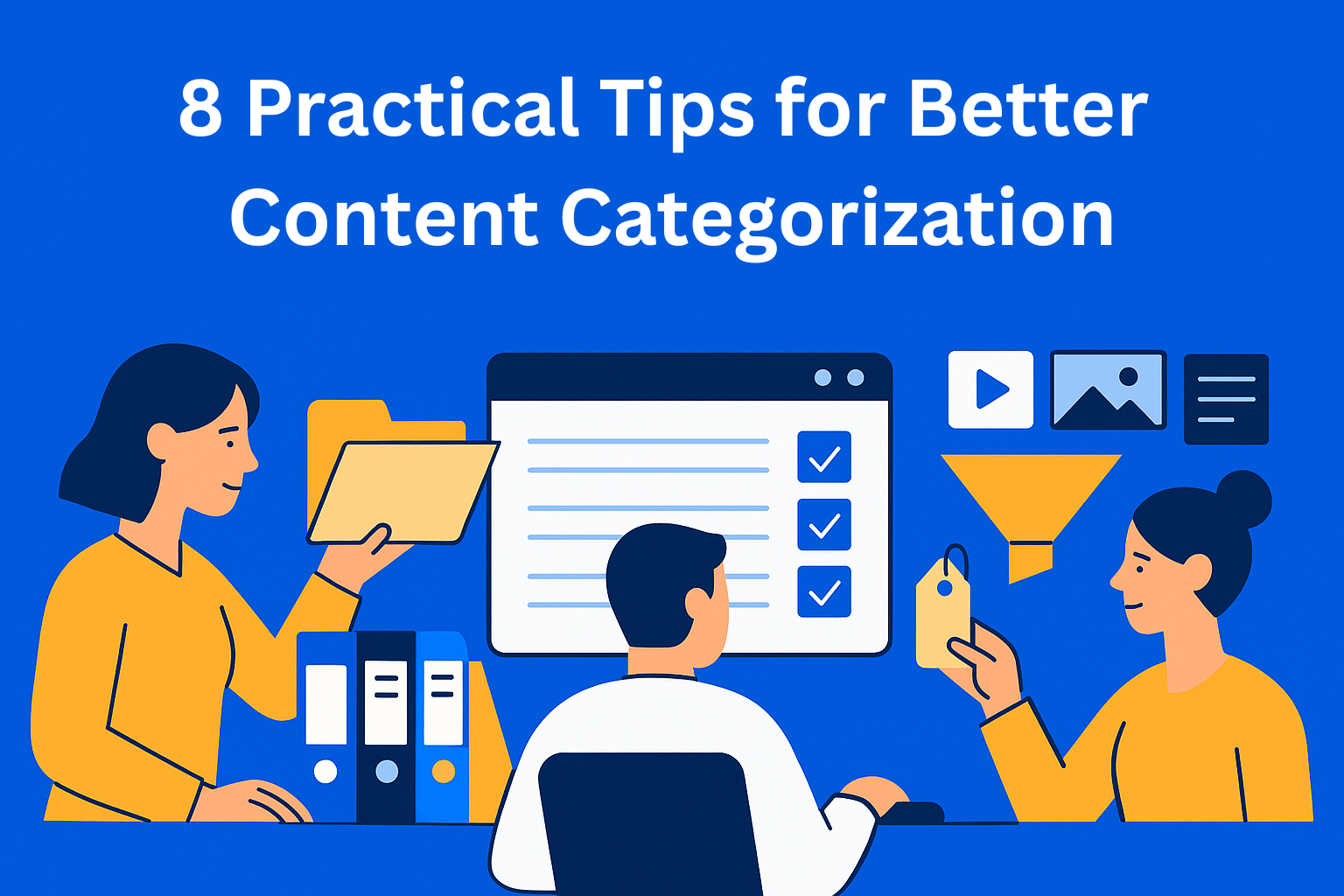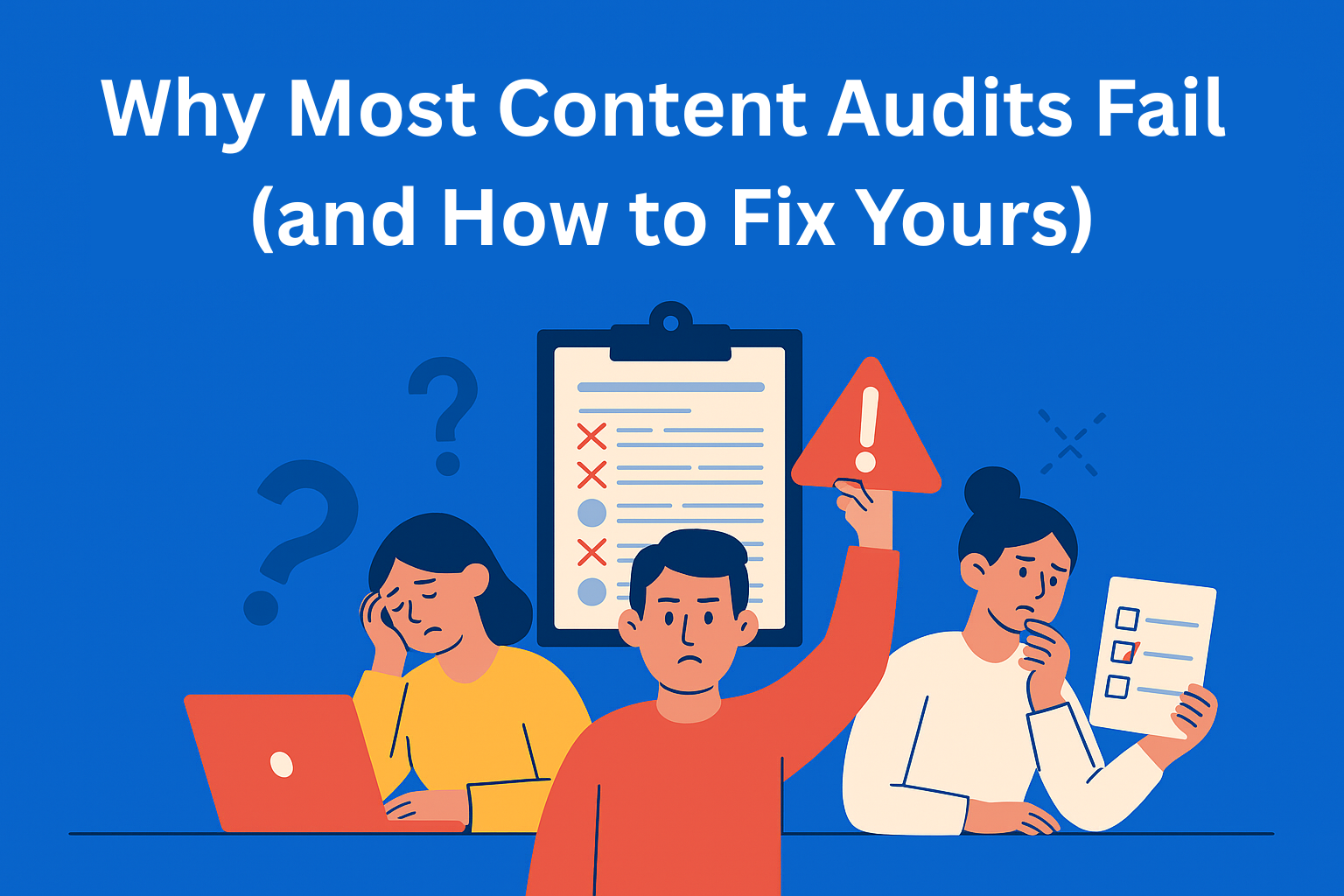Why Updating Old Content Can Be More Valuable Than Creating New
Refreshing old content can boost your SEO, increase relevance, and drive more traffic, without starting from scratch. Learn how updating what you already have can bring bigger results with less effort.

Most people who work in marketing, write blogs, or run websites think that creating new content is the best and fastest way to grow. And it makes sense - new posts mean more topics, more readers, and more traffic. But the truth is, you don’t always need to start from scratch. Very often, the content you already have has huge potential - it just needs a little refresh.
Updating old content can bring better results than writing something new. It saves you time and energy, improves your SEO, makes your content more interesting, and brings more people to your website. In short, it’s a smart way to work that gives long-term results.
Key Takeaways
- Google rewards refreshed content - updated posts rank faster because they already have authority and backlinks.
- Relevance keeps readers engaged - fresh examples, updated tools, and current data make old posts feel new again.
- Efficiency beats constant creation - refreshing takes less effort than writing from scratch but delivers equal or better results.
- A step-by-step refresh process works - audit traffic, fix gaps, add new value, optimize SEO, then re-promote.
- Old content is hidden gold - with updates, past work becomes a long-term traffic and engagement asset.
SEO Advantage: Why Google Loves Refreshed Content
Old content has one big advantage - Google already knows it. Once you publish a post, Google indexes it, analyzes it, and evaluates its quality. If it has good information, relevant keywords, and useful links, it probably already has some authority.
Instead of creating a new post and waiting for Google to go through the whole process again, you can simply update the existing one. Add new information, improve the structure, optimize titles and images. This way, Google sees that your content is still active and relevant. That leads to better rankings and more organic traffic.
Another benefit is that your old post already has backlinks - links from other sites that lead to yours. When you update your content, you keep those backlinks and use the credibility you already have, instead of building everything from zero.
Relevance: The Audience Changes, Your Content Should Too
The internet changes every day. What was true two years ago may be outdated today. New tools, new methods, and new trends all affect what people search for and what they expect to find.
If your blog post or guide contains old information, readers will notice. Even if it’s well written, people will leave quickly if it feels outdated. And Google notices that - if people leave your page fast, it’s a sign the content isn’t relevant.
When you refresh your content, you adapt it to the present moment. You can add new examples, replace old tools with current ones, include updated data, or simply adjust the tone to fit modern readers. This way, your post becomes useful and interesting again - for both people and Google.
Efficiency: More Results with Less Effort
Writing a new article takes a lot of time. You need to research the topic, find sources, write the text, add visuals, and prepare it for publishing. That can be exhausting. On the other hand, updating old content is much simpler and faster.
For example, imagine you have a blog that used to be popular but now gets fewer visits. Instead of writing a new post on a similar topic, just rewrite and update the old one. Add new information, change the images, include current links, and refresh the description. In a short time, you’ll have a post that looks brand new.
This approach saves you time and effort and can bring the same or even better results than a new post. It’s perfect for small teams or individuals who don’t have much time to constantly create new content.
How to Refresh Content Step by Step
If you want to start using this strategy, here’s a simple guide:
Step 1: Find the content that lost performance.
Check Google Search Console or Google Analytics to see which pages have lower traffic. Those are your first targets.
Step 2: Analyze what’s missing.
Look for outdated information, broken links, or places where you could add something new.
Step 3: Add new value.
Include new data, visuals, examples, or case studies. Show that your post offers fresh and useful information.
Step 4: Optimize for SEO.
Update the title, meta description, and check your keyword usage. Add internal links to other relevant posts.
Step 5: Promote it again.
Share it on social media, in newsletters, or tag it as an “updated guide.” People love knowing they’re reading the latest information.
Conclusion
In the world of digital marketing, everyone chases new things - new posts, new ideas, new trends. But real value often lies in what you already have. Your old content isn’t dead - it just needs a little attention.
By updating your old content, you can:
- Improve your SEO performance
- Stay relevant
- Save time and resources
- Attract a new audience
So next time you think about writing a new post, take a moment to look at what you already have and see how you can make it better. Maybe your next big win is hiding in an old post.






